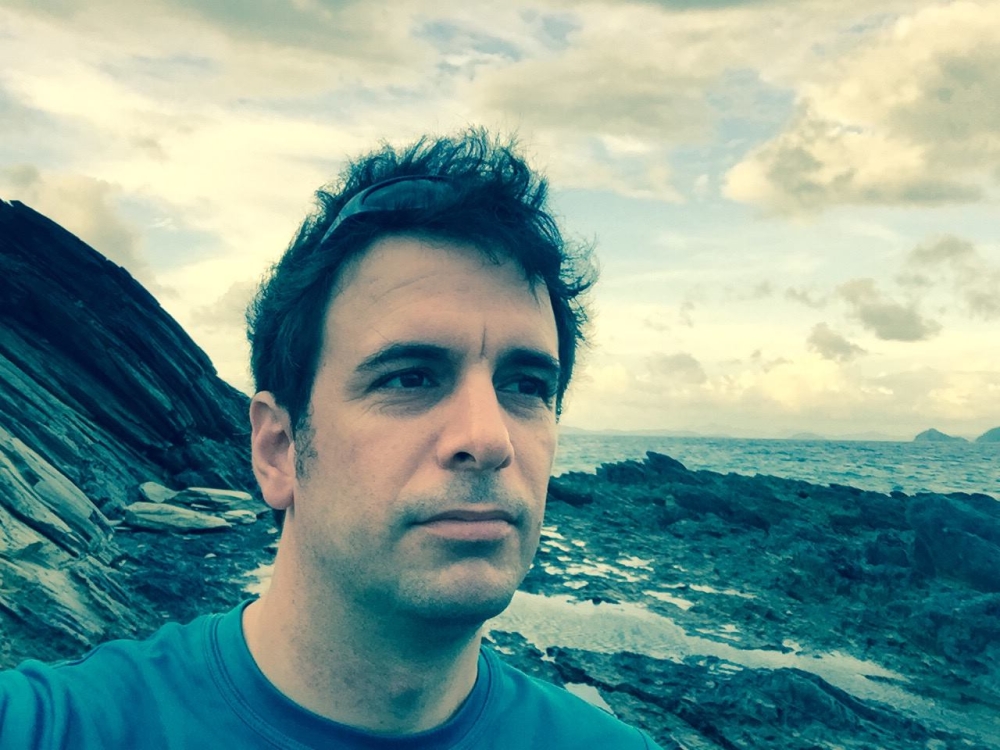ALTHOUGH history textbooks for Philippine high schools assert repeatedly that Spain dominated the archipelago through the strategy of “divide and rule,” the claim is far from reality. The population of the islands was extraordinarily fragmented by 1565. This is not to say that people from one island could be enemies of people from another island, or that people who spoke a certain language — a determined community or ethnic group — could be on bad terms with people who spoke another language. No. Even neighboring barangay (villages), which spoke the same language and shared the same manners and beliefs — and even blood ties — could be fighting against each other mercilessly. So, the Spaniards did not need to divide the native people: They were already divided, and many datus or local chiefs, converted in principales, willingly joined the Spanish forces to keep their social status protected by the foreign intruders.
If an anthropologist could travel back in time, maybe he or she could see a common cultural pattern of manners, rituals and beliefs. Probably, the scientist could see some differences between lowland people and highland people, as the first foreign visitors noted, or could have perceived that certain coastal parts of the archipelago had been already slightly Islamized by southern traders. However, the inhabitants of the archipelago considered each other as members of another nation and that even prevailed after the Spanish conquest.
Continue reading with one of these options:
Ad-free access
P 80 per month
(billed annually at P 960)
- Unlimited ad-free access to website articles
- Limited offer: Subscribe today and get digital edition access for free (accessible with up to 3 devices)


